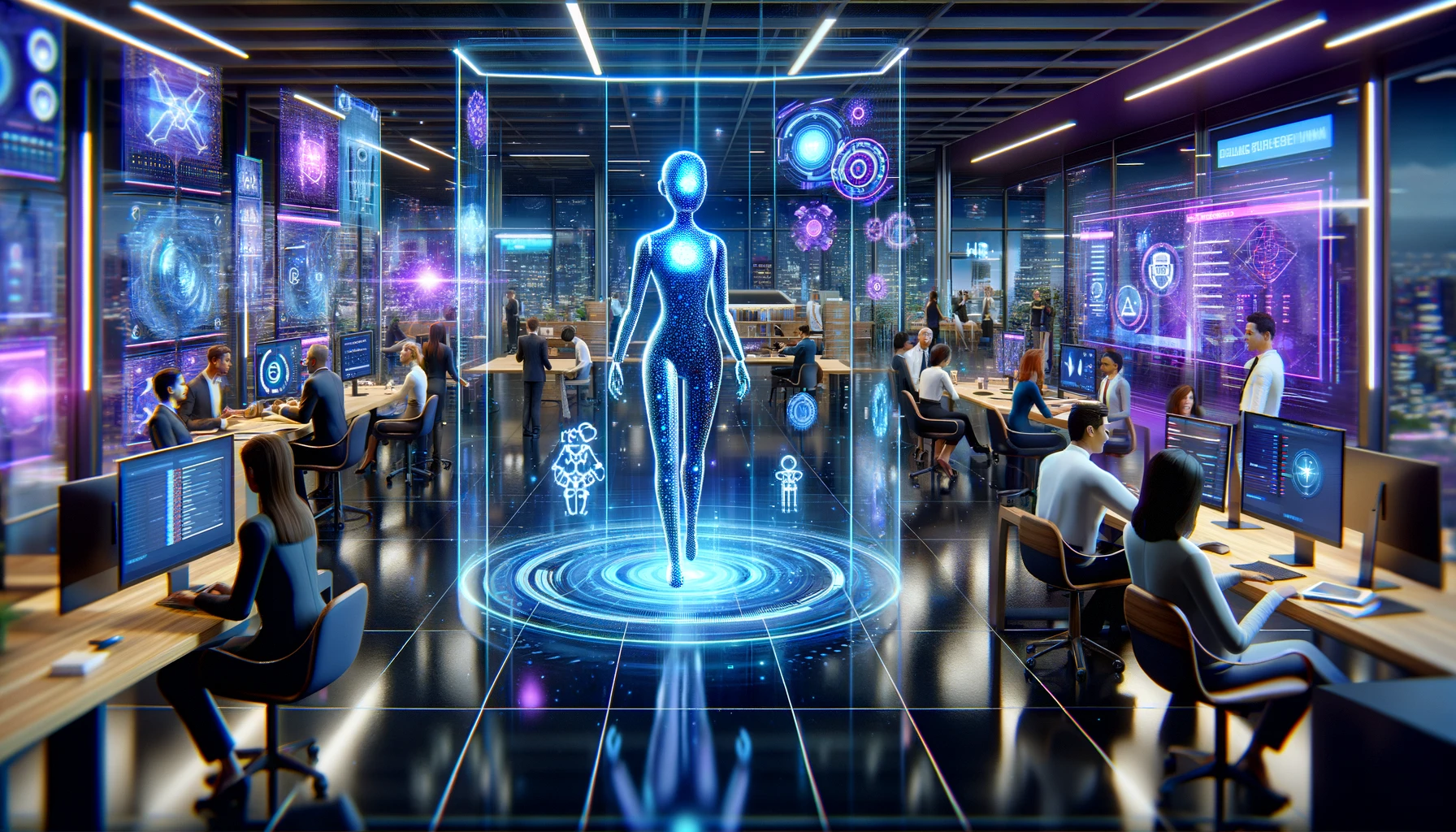 Josh Bersin
Josh Bersin
 Josh Bersin
Josh Bersin
 Josh Bersin
Josh Bersin
 Josh Bersin
Josh Bersin
 Josh Bersin
Josh Bersin
 Josh Bersin
Josh Bersin
 Josh Bersin
Josh Bersin
 Josh Bersin
Josh Bersin
 Josh Bersin
Josh Bersin
 Josh Bersin
Josh Bersin










